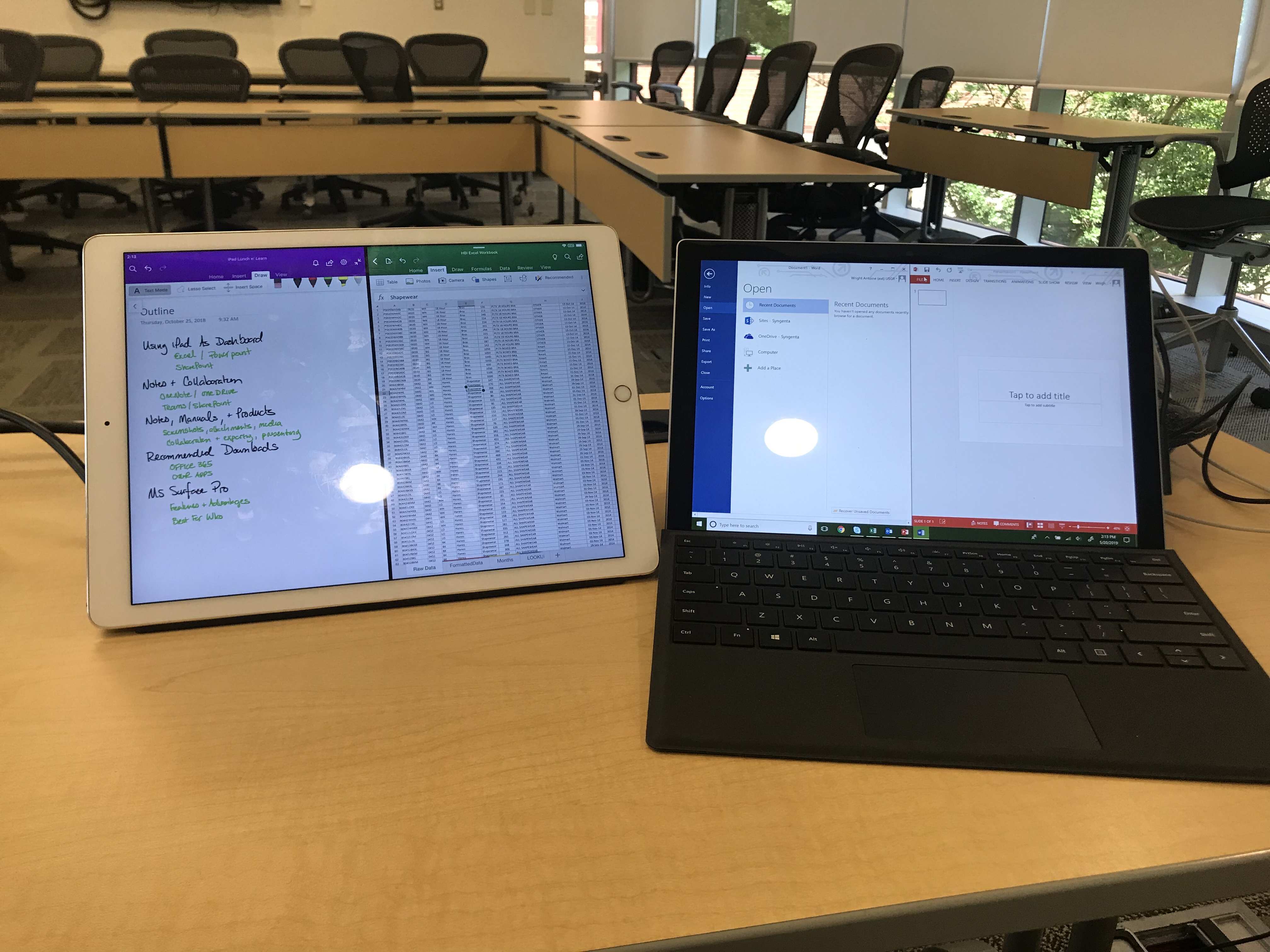Explaining A Bicycle for the Mind
A bicycle for the mind requires a different perspective and disruption

A common question asked around this time last year regarding the (then) new iPad Pro, can it replace your laptop?
An uncommon answer: yes, it can. But, not because it does what a laptop does.
iPad doesn’t just replace, it changes what computing can question. The question gets asked each time a new model or major software update happens to it because the voices speaking about the platform and hardware are too far removed from what others do for. They are also too much embedded into trying to make the iPad do what PCs have taught them to do. These might sound like discerning perspectives, but it’s not distinct to look at a mountain from an alternative perspective. The end of the Mashable 2018 iPad Pro review says it nicely:
…It’s such an intimate creation process that it made me realize that Apple’s not merely trying to change my or your old habits. Apple’s not trying to make the iPad Pro a laptop replacement because the device isn’t one. It’s trying to do something bigger: invent a new way of creating for a new generation that is not bound to the old computing laws of clicking a mouse…
Not being bound to former methods is a invitation to think better about the jobs to be done for computing devices. And for much of what the complaints are (moving files from one physical or virtual share to another, command-scripts for said files, approval queues, etc.), work is more like moving chairs around and a sense of control over the chairs which really isn’t work at all when broken down into its common parts.
The bit about the iPad is that it disrupts the perspective of what it means to compute — to be productive, to push pixels, and to work (however that work’s outputs are measured). This bit becomes more interesting the more someone dives into those who’ve pursued better workflows. From Henny the Bizness, Jonathan Morrison, Federico Viticci, and several others, the perspective of the iPad as a primary device ended up reshaping the tone and tenor of what one becomes within their work.
So, then, what really is work? Or rather, what more aligns with the perspectives of what it means to have computing as a tool to aide/do behaviors considered productivity?
And if a simple piece of glass and electrons can alter the very definition of work; what kinds of perspectives have yet to be discovered which are not only productive, but also sustainable?
For Avanceé, the answer to this seems to point to work being connective tissues. A swaddling of complex and interdependent elements, eventually made unknotted and simple. Work isn’t the end product, but a series of elevating/deescalating layers of stuff until the signal is clear. This work has many forms but the same goal.
##A Contemplative Thoughts Browser
An excellent thread on Twitter by @SamPenrose put to text what a number of folks have had as a confusion/contemplation to the purpose of the iPad. A few of those tweets begat some responses:
Once more, with feeling: what is (the) iPad? A bicycle for the mind. A bicycle for fish. It is wildly successful but “has no reason for being.” It is as clear as glass and as clear as mud. The less sense it makes, the more it sells. Conceptually confused, mundanely great.
Response:
I teach a few executives how to stop diving into the weeds by showing them the flexibility/simplicity of the iPad they wish to carry.
Conceptually, that is teaching to the tool; realistically, it’s showing them how to think.
🚲 for 🧠
Email, games, video and web browing are more complicated cases, but iPad is not obviously the best for any of them. Both experts and average users—in the hundreds of millions—are divided on what they prefer.
Response:
Events and containers… the commentary has indeed centered on these because computing evolved to “instance”
PC hasn’t meant both canvas/pallet. My argument has been that tablets (really, iPad) successfully don’t just straddle that line, but invites something else from it
What it invites seems unclear, but when iPad isn’t asked to replace but augment what 💻 isn’t as good as, then that clarity becomes clearer IMO:
A static/dynamic interface showing/describing and enabling the attachment and reattachment of [stuff] based on where it is in thought
Used this (same phrasing) to describe @MuseAppHQ to a friend the other day, but it fits communicating (more clearly) a vision for iPad
That’s a lot of words to essentially say what @BenedictEvans said in the same thread:
iPad and PC each have things that only they can do. Most people only do the things that both can do.
So to ask again: if a simple piece of glass and electrons can alter the very definition of work; what kinds of perspectives have yet to be discovered which are not only productive, but also sustainable? What becomes of work that’s now described as connective tissue more than inputs/outputs or the resulting widgets?